12 Car Features That Are Worth the Upgrade in 2025

In 2025, buying a new car—or even upgrading your current one—means navigating an ocean of tech features. From voice-controlled everything to self-parking systems, the modern car is more like a rolling smart device than just a mode of transportation.
But not all features are worth the cost. Some sound impressive but rarely get used. Others can dramatically improve your daily driving experience, save you money in the long run, or even prevent serious accidents.
We’ve researched what American drivers care about most in 2025—based on safety data, convenience, and real-world usefulness. Here are 12 car features that truly deserve your attention (and dollars).
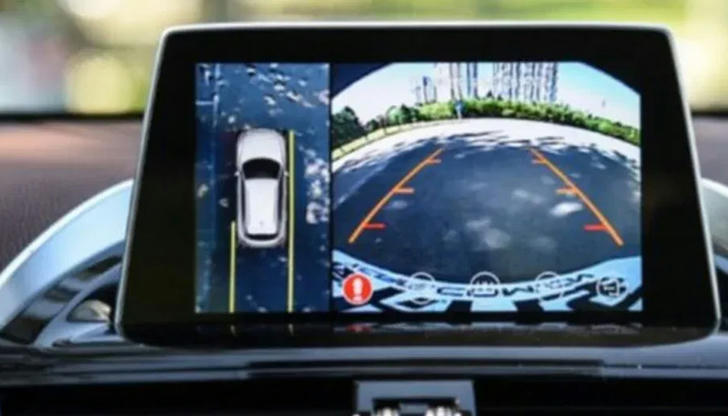
1. 360-Degree Camera System
If you ever park in tight city spots, navigate narrow driveways, or have trouble judging the distance between your bumper and the car behind you, a 360-degree camera system is a huge help. This feature stitches together feeds from cameras mounted around your vehicle to give you a top-down, bird’s-eye view.
It’s especially useful for large vehicles like SUVs and trucks, where visibility is limited. According to IIHS data, parking-related accidents account for nearly 14% of all insurance claims—many of which could be avoided with this technology.
Why it’s worth it:
• Helps avoid scrapes, poles, curbs, and pedestrians
• Reduces parking stress
• Can lower insurance costs with some providers
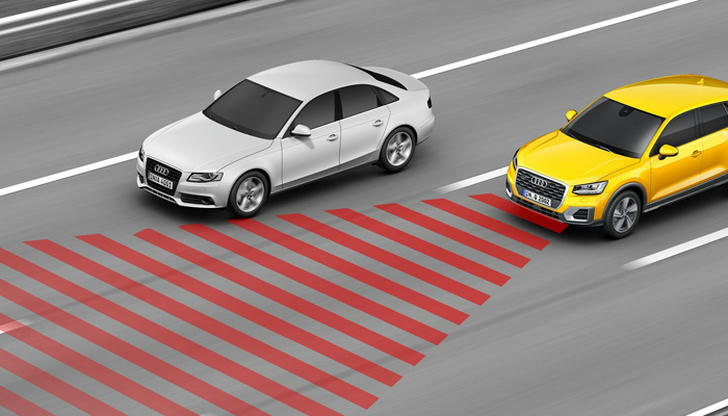
2. Adaptive Cruise Control (ACC)
ACC takes traditional cruise control a step further. It automatically adjusts your car’s speed to maintain a safe following distance from the vehicle ahead. If traffic slows down, your car slows with it. When traffic clears, it speeds up again.
Perfect for highway commutes or road trips, this system reduces fatigue and makes stop-and-go traffic more tolerable. Some versions even work down to a full stop in traffic jams.
Why it’s worth it:
• Enhances long-distance comfort
• Improves highway safety
• Great for drivers who deal with traffic often
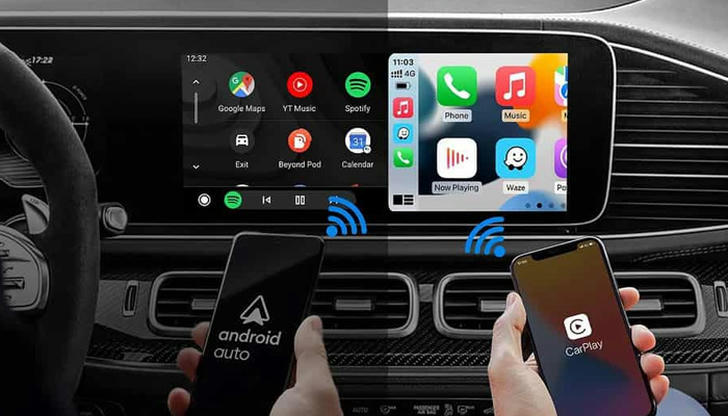
3. Wireless Apple CarPlay & Android Auto
Plugging in your phone to connect to your car’s infotainment system is becoming a thing of the past. Wireless smartphone integration allows you to access your navigation, music, calls, and texts directly on your dashboard—without wires.
In 2025, most new cars include wireless CarPlay and Android Auto by default, but you may need to upgrade to a mid• or upper-level trim to get it.
Why it’s worth it:
• Cleaner, hassle-free dashboard
• Less distraction and fumbling with cords
• Safer, more intuitive interface
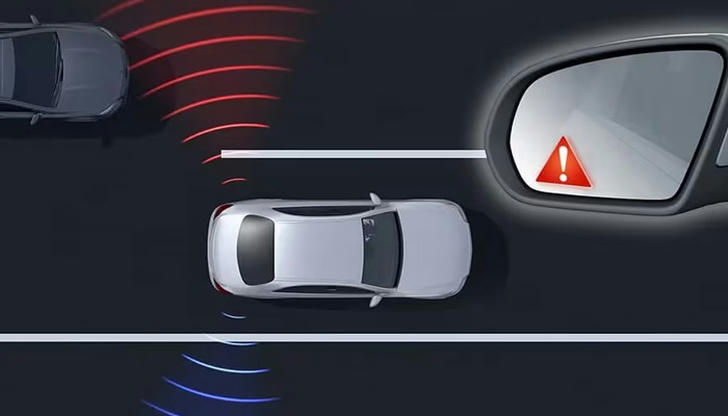
4. Blind Spot Monitoring
Blind spot monitoring systems use radar or cameras to alert you when a car is in the lane next to you—especially the one you can't easily see. In some models, the system will flash a warning in your side mirror or give an audible alert if you start to change lanes.
Some even offer “active” assistance, where the car gently steers you back if you try to move into an occupied lane.
Why it’s worth it:
• Especially valuable on highways and for elderly drivers
• Reduces risk of side collisions
• A must-have for city and suburban drivers alike
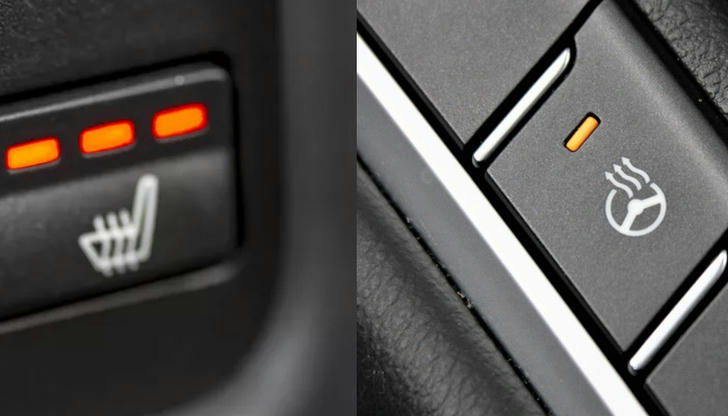
5. Heated Steering Wheel and Seats
Heated features used to be reserved for luxury cars—but now, they’re surprisingly common even in compact and mid-range vehicles. If you live in any part of the U.S. that gets cold winters, these can drastically improve comfort during your morning commute.
Some packages also offer ventilated seats, ideal for hot southern climates.
Why it’s worth it:
• Makes winter driving more pleasant
• Quick to heat up—often faster than cabin heating
• Often bundled with other premium features

6. Built-In Dash Cam
Instead of installing an aftermarket dash cam with wires hanging everywhere, many vehicles now offer built-in dash cams with factory-grade clarity. These cameras can record continuously, capture accidents automatically, and even offer cloud storage or app syncing.
Some systems also work while the vehicle is parked, recording break-ins or hit-and-runs.
Why it’s worth it:
• Helps with insurance claims and legal protection
• Clearer, more reliable than cheap third-party devices
• A smart investment for any driver
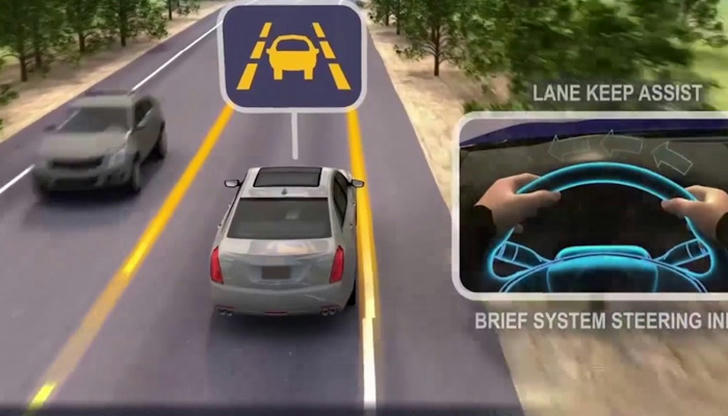
7. Lane Keep Assist
Lane Keep Assist uses cameras to monitor lane markings and provides corrective steering if you begin drifting out of your lane without signaling. It doesn’t replace driver attention—but it’s a great extra layer of protection, especially during long drives or moments of inattention.
In 2025, many systems combine lane-keeping with lane departure warnings and even steering assist.
Why it’s worth it:
• Reduces the chance of side-swipe or run-off-road accidents
• Helps drowsy or distracted drivers stay on course
• Often included in advanced safety packages
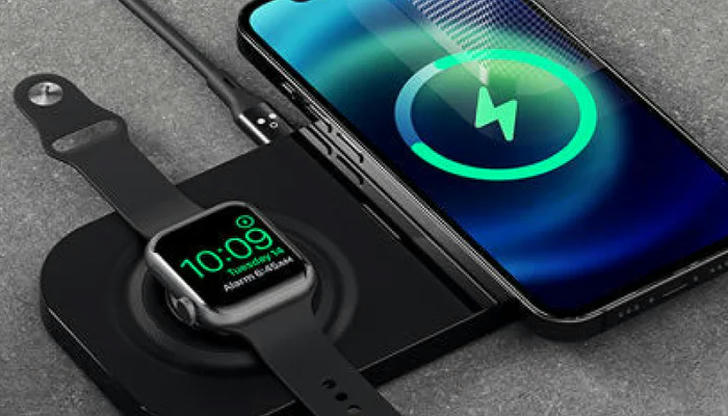
8. Wireless Charging Pad
Tired of tangled cords and hunting for a charger? A wireless charging pad lets you drop your phone into a designated spot and charge it while you drive. Most systems support Qi-compatible phones and often have anti-slip surfaces to keep things in place.
Why it’s worth it:
• No more forgetting your phone cable
• Perfect for rideshare or delivery drivers who use GPS often
• Keeps your interior clean and clutter-free

9. Remote Start and Climate Control
Imagine stepping into a perfectly heated (or cooled) vehicle before you even leave the house. Remote start allows you to start the engine and activate climate control from your phone or key fob. Some advanced systems let you control defrost settings or seat warmers remotely.
Why it’s worth it:
• Saves time in extreme weather
• Enhances comfort without idling in the driveway
• Now available on many non-luxury models
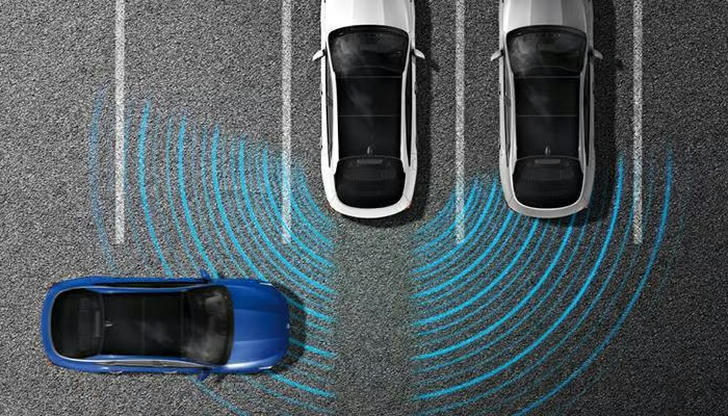
10. Rear Cross-Traffic Alert
Backing out of parking spots, especially in busy lots, is one of the most dangerous everyday maneuvers. Rear cross-traffic alert uses radar to detect vehicles, pedestrians, or even shopping carts approaching from the side as you reverse.
Why it’s worth it:
• Helps prevent collisions while backing out
• Especially useful in crowded urban or suburban areas
• Often packaged with backup cameras

11. Digital Rearview Mirror
Instead of relying on a traditional rearview mirror, a digital version gives you a live camera feed from the back of your vehicle—unobstructed by passengers, headrests, or cargo. It offers better visibility, especially at night or in poor weather.
Why it’s worth it:
• Superior field of view
• Makes rear visibility independent of cabin layout
• Great for large families or vehicles with small rear windows
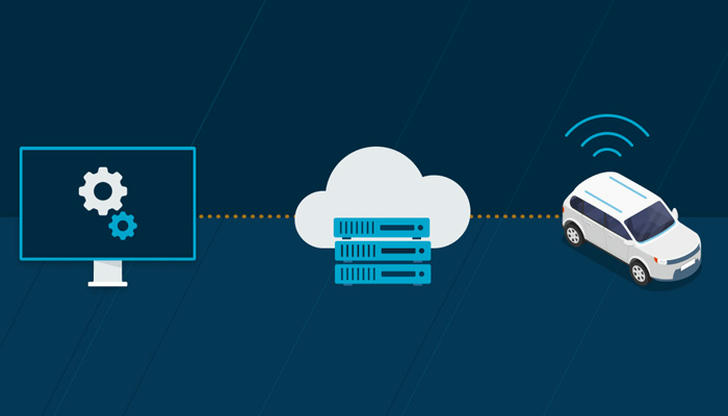
12. Over-the-Air (OTA) Software Updates
Cars with OTA capability can update their software without a visit to the dealership. This includes improvements to infotainment systems, bug fixes, performance boosts, and even new features down the line.
Tesla popularized this feature, but now brands like Ford, Hyundai, and GM are embracing it too.
Why it’s worth it:
• Future-proofs your car
• Reduces maintenance and recall hassles
• Offers evolving value over time
Final Thoughts
Spending extra on the right car features isn't about luxury—it’s about smarter, safer, and more enjoyable driving. In 2025, the best upgrades don’t just look cool—they serve real, everyday purposes that improve your time on the road.
Before saying yes to that dealership upsell, ask yourself: Will this feature make driving easier, safer, or more comfortable every day? If the answer is yes, it’s probably worth it.
